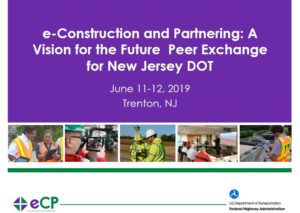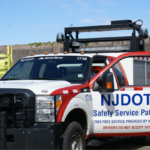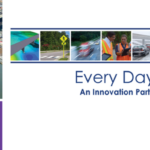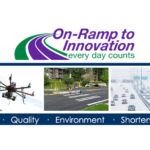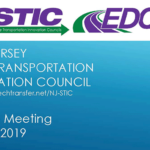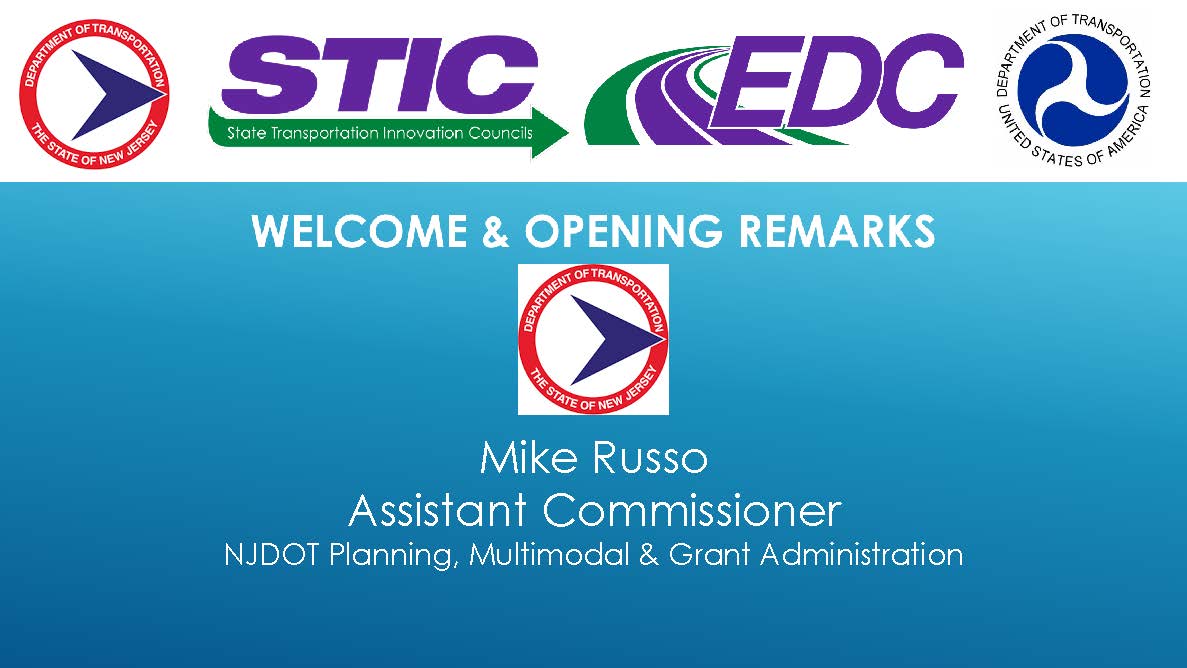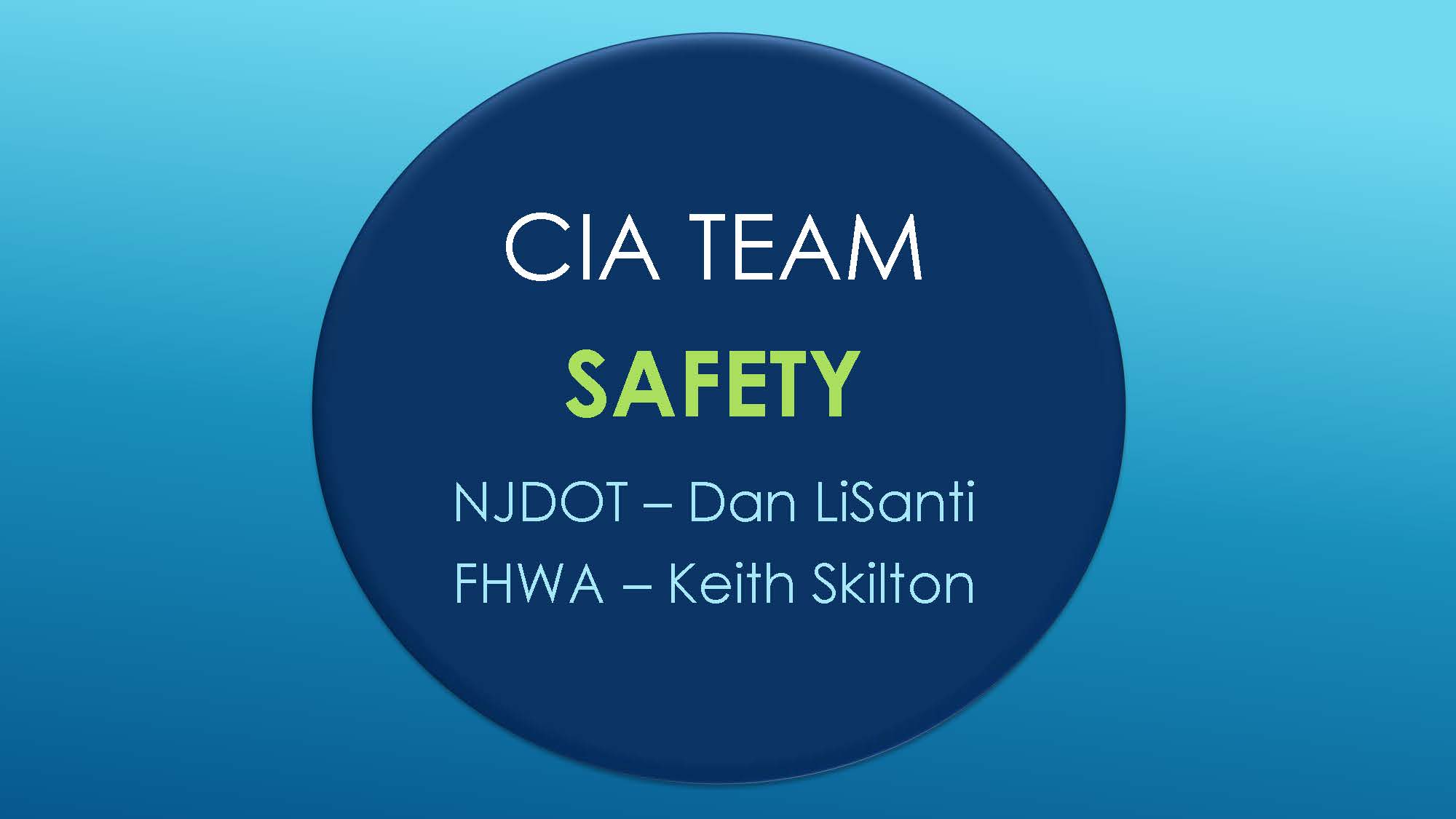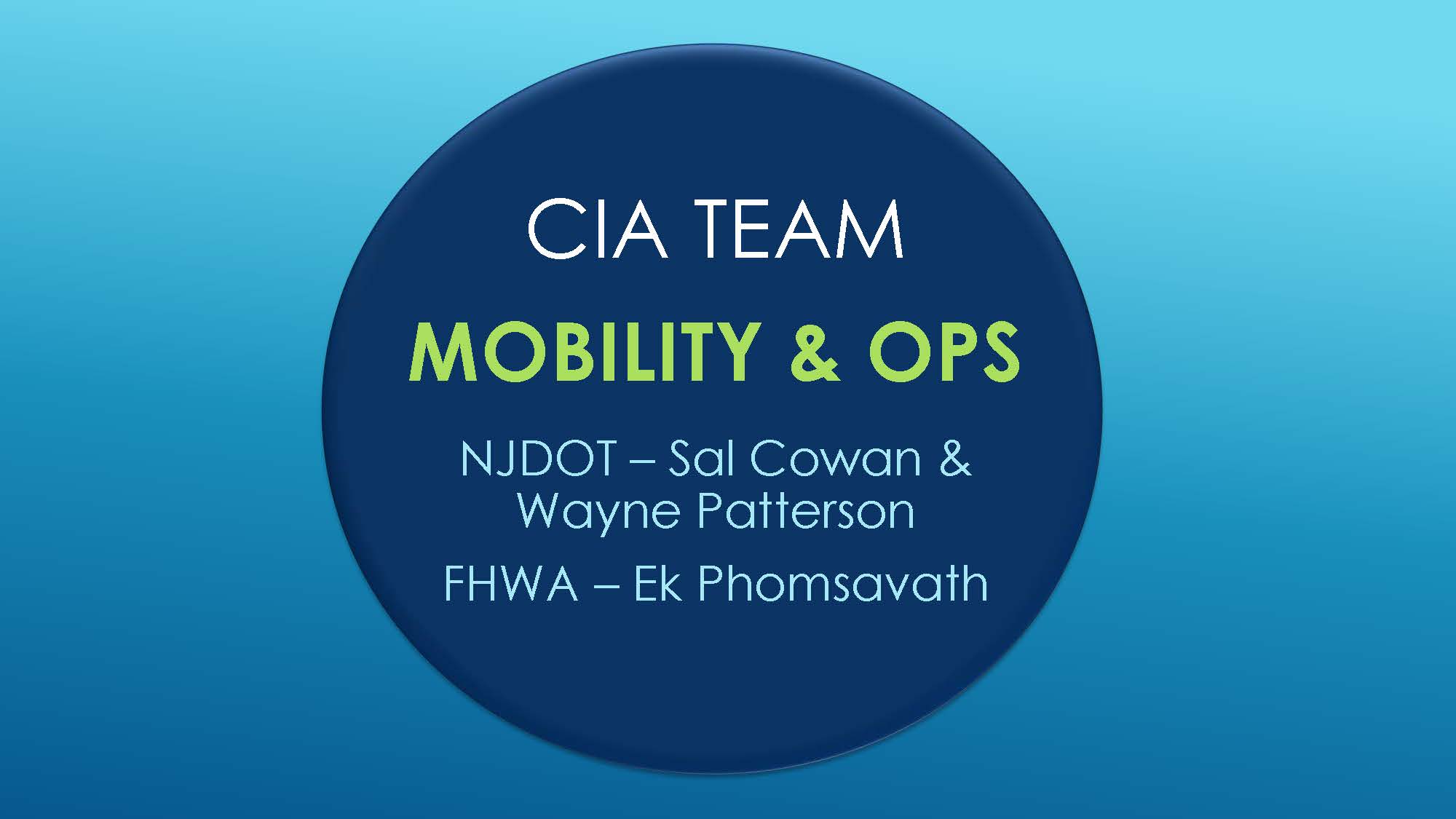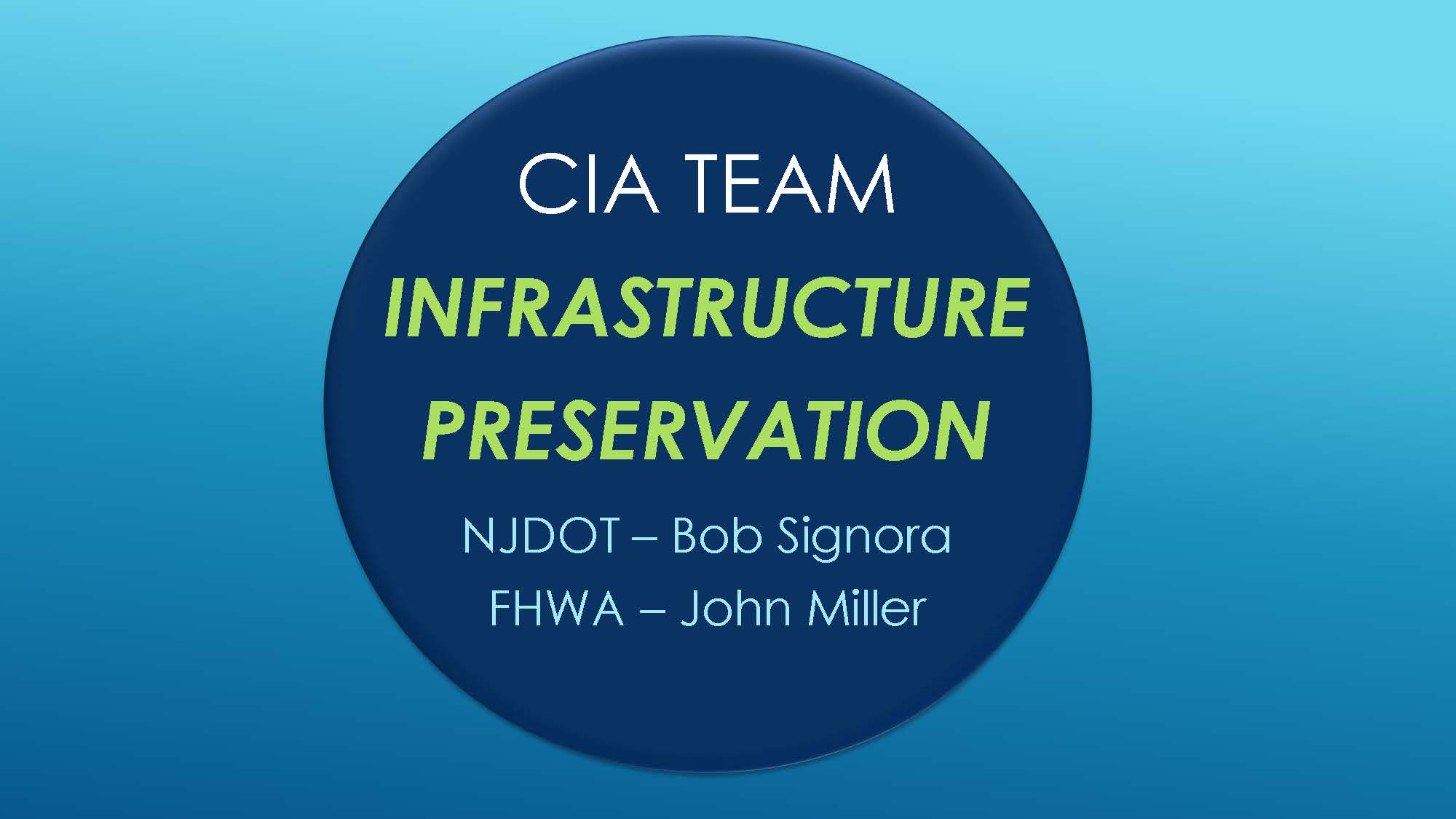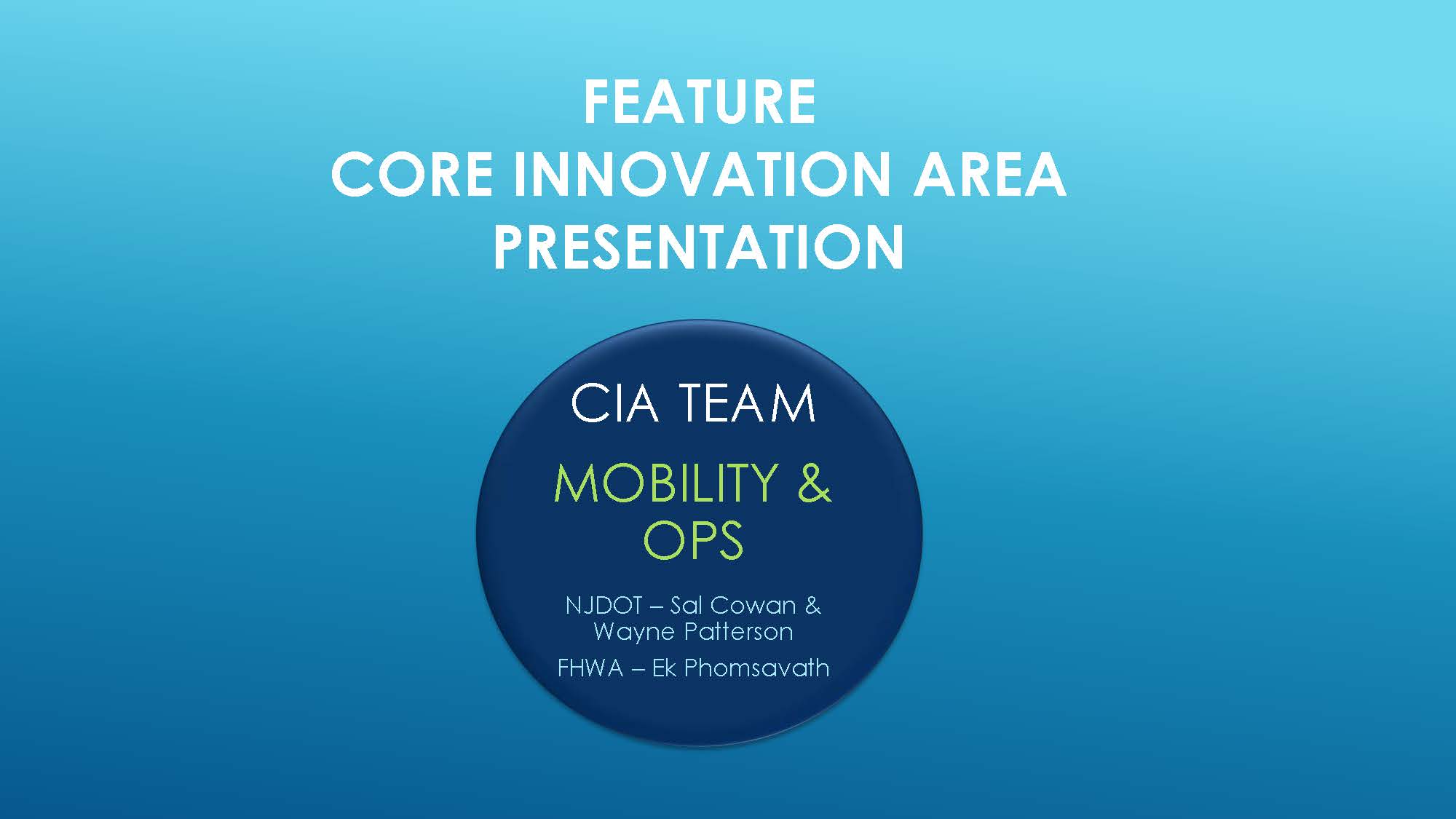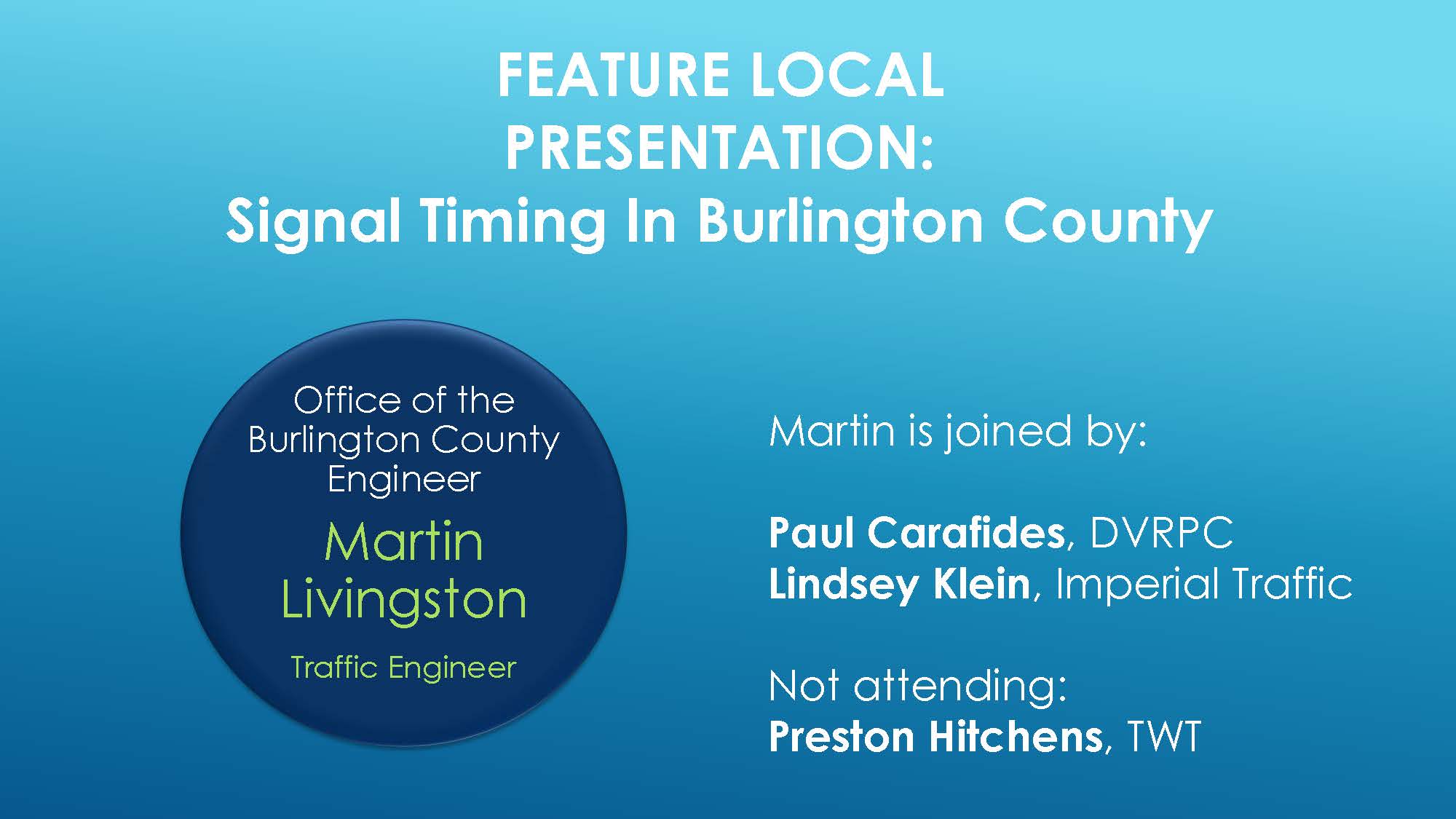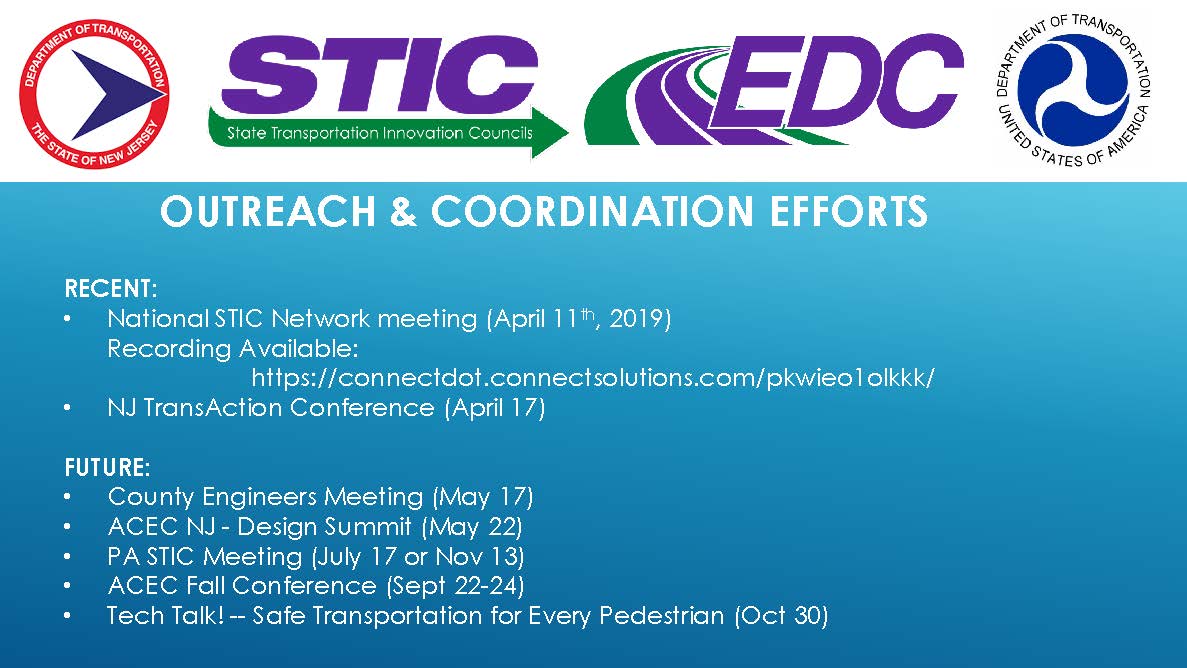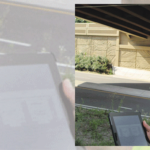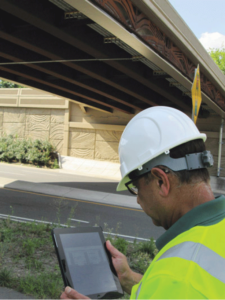On June 11 and 12th, NJDOT hosted a Peer Exchange on e-Construction and Partnering with the support of FHWA’s designated subject matter expert and support team. During the two-day event, representatives of five state DOTs and the FHWA NJ division office convened to highlight and share current practices, policies and procedures, funding sources, and implementation challenges (see Agenda and Final Report).
In welcoming participants, NJDOT laid out several topics of interest for the peer exchange. NJDOT explained that it had recently completed a pilot project using mobile devices in the field. For that pilot effort, inspectors were able to input inspection data and create reports. The pilot study demonstrated that field data should be captured as quickly as possible, rather than wait until the inspector returns to the office. NJDOT also sought more insights on using digital signatures securely to further its objective of implementing digital processes and advancing, eventually, toward a paperless system. The department’s e-Builder process is just getting started with a rollout for construction in the next 3-4 months. NJDOT is also currently collecting data and information about e-ticketing. With all of this, NJDOT made clear its interest in looking to share and understand lessons learned from other state DOTs to eliminate redundancies and missteps.
NJDOT also gave an overview of its vision for e-construction and how it seeks to use its Project Management Reporting System (PMRS) with e-Builder for final plans and specifications and AASHTOware Project for bid, award, and construction. Similarly, the participating DOT attendees — Georgia, Indiana, Ohio and Kentucky — described their agency’s experience with various e-construction systems, covering such topics as: digital signatures; electronic approvals and signatures; cost sharing and partnering; mobile devices; and e-ticketing.
The event provided an opportunity to delve deeply into the technologies with peer agencies, exploring the major benefits, key challenges and lessons learned in implementing select systems. For NJDOT, the event led to several takeaways in relationship to implementation of e-Builder for construction; e-ticketing and data requirements; and building effective collaborative relationships with various bureaus and contractors, among other topics.


